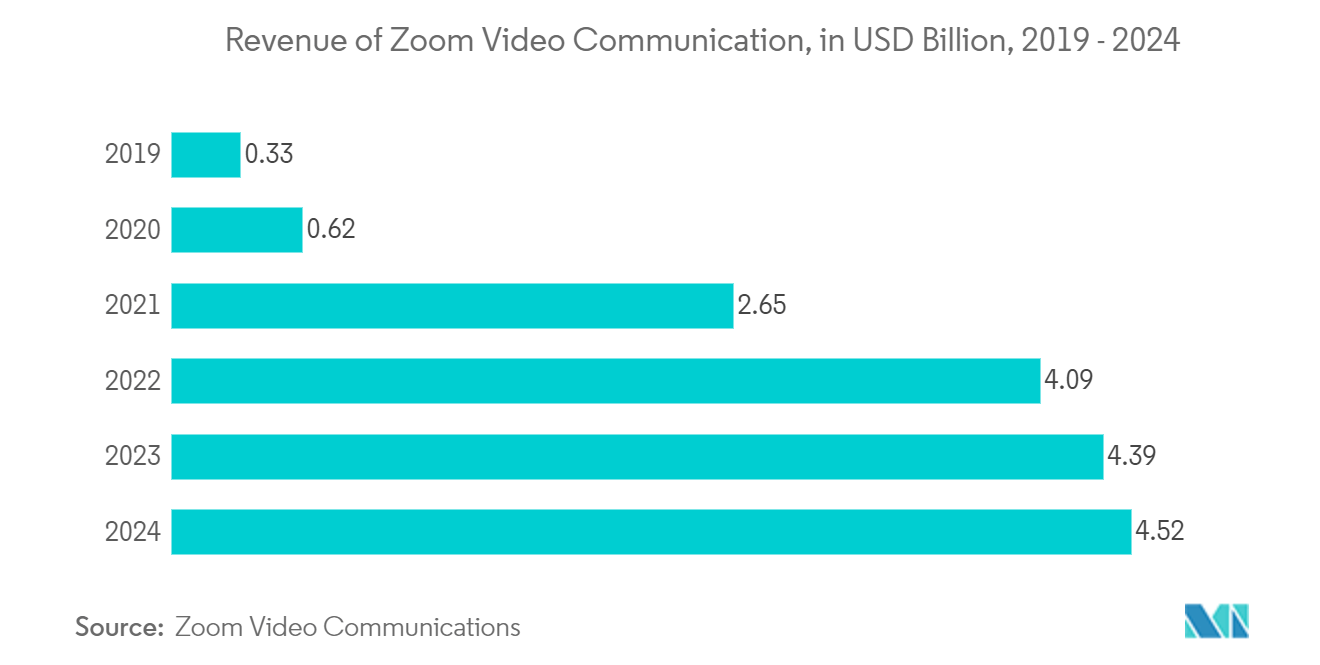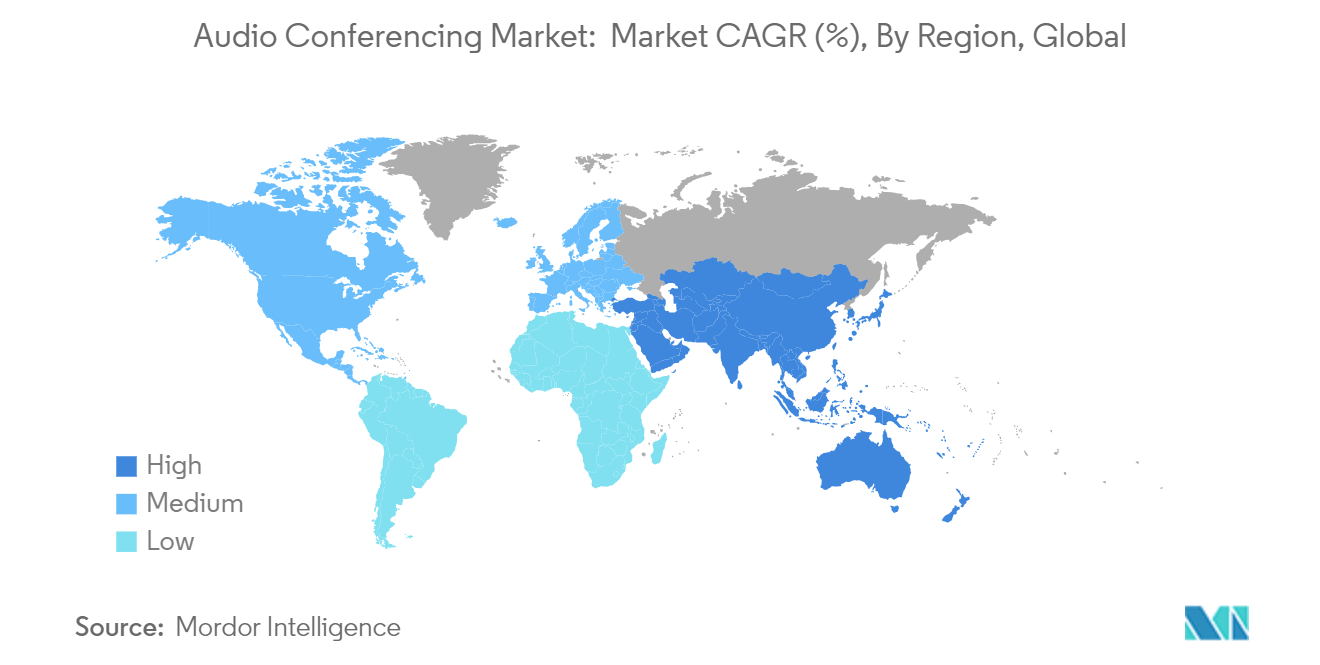Market Trends of Audio Conferencing Industry
Corporate Communication Segment to Drive Opportunities in the Market
- Seamless communication channels are essential for businesses, whether they're SMEs or large multinationals, to operate efficiently. With the growing adoption of hybrid and remote work models, the demand for robust audio-conferencing tools has surged. These tools empower companies to uphold productivity, foster team collaborations, and facilitate decision-making, irrespective of physical location.
- In the corporate sector, a prevailing trend has emerged: employees are dedicating their time both in-office and remotely. Audio conferencing serves as a vital link, facilitating seamless communication between in-office and remote workers. The Flex Index Report 2024 highlights that 38% of US companies have adopted a Structured Hybrid model, while 33% mandate Full-Time In-Office attendance for corporate employees, and 29% offer a Fully Flexible arrangement.
- In 2023, Microsoft reported that its Teams platform boasted 320 million monthly active users. Teams have become a pivotal platform for corporations globally. Meanwhile, Zoom, a leading player in the virtual meeting arena, saw its revenue surge, culminating in a noteworthy USD 4.52 billion in FY 2024. Other virtual meeting platforms are also reaping the benefits, consistently growing both in revenue and monthly user counts.
- Companies are on the hunt for integrated solutions that meld audio conferencing with collaboration tools like instant messaging, audio/video conferencing, and project management solutions. Furthermore, the corporate sector is increasingly embracing the integration of artificial intelligence into audio conferencing.
- AI-driven functionalities, including real-time transcription, language translation, and voice recognition, are amplifying the usability and accessibility of these tools, rendering them invaluable to a diverse workforce. Take Dialpad, for example, it provides automated post-meeting summaries and transcriptions, making it an excellent choice for teams under 100 seeking these AI-enhanced features.

Asia Pacific Region is Witnessing Significant Growth in Demand
- Businesses across diverse sectors in the APAC region are rapidly embracing new technologies, signaling a swift digital transformation. This trend in digitization is propelling the uptake of audio-conferencing solutions as companies aim to bolster communication and collaboration.
- Historically, remote work wasn't prevalent in Asia, but the pandemic has catalyzed a pronounced shift towards hybrid work models across numerous APAC nations. Data from Statistics Korea highlights this change: remote workers surged to 683,000 in 2023 from just 94,000 in 2019 in South Korea. This shift underscores a broader trend, with organizations increasingly endorsing flexible work arrangements that blend home and office settings.
- In nations like India, China, and across Southeast Asia, small and medium-sized enterprises (SMEs) are witnessing rapid growth. The Ministry of Micro, Small, and Medium Enterprises (India) reports around 40 million registered MSMEs in India alone. As these SMEs increasingly adopt audio conferencing tools, they enhance communications with clients, suppliers, and remote staff, further fueling the market's expansion.
- In the region, educational institutions are increasingly adopting audio conferencing technologies for virtual classrooms, online training, and remote learning. Countries such as India, China, and Japan are witnessing a surge in the use of these tools, driven by a demand for more flexible and accessible learning environments.
- The rollout of 5G networks in the region is poised to revolutionize the audio-conferencing market. With 5G's enhanced bandwidth, reduced latency, and superior connectivity, users can expect higher quality audio and more dependable connections, especially those on mobile or remote. This advancement is set further to accelerate the adoption of audio-conferencing solutions throughout the region.


